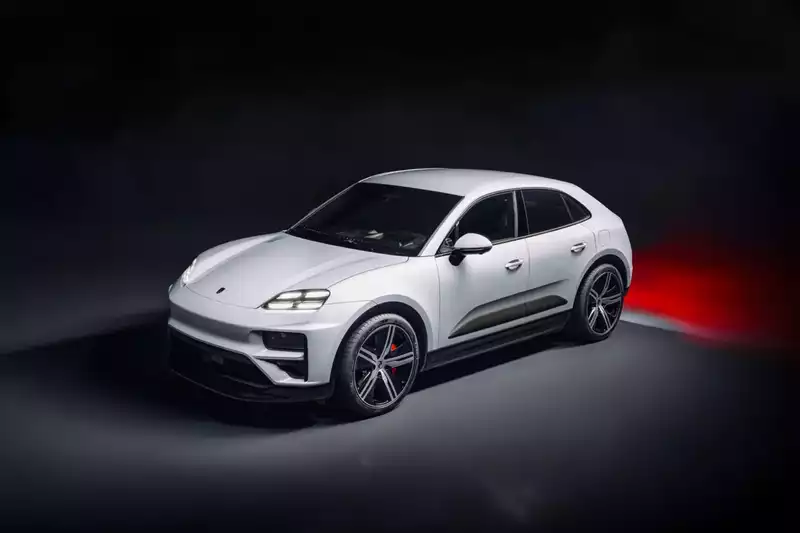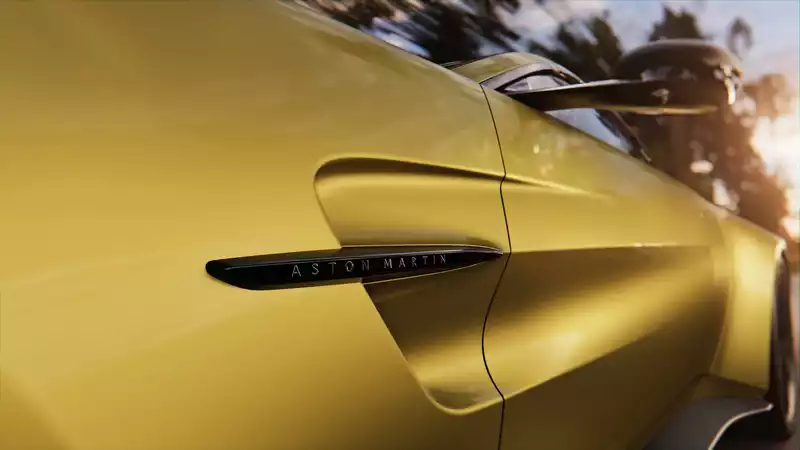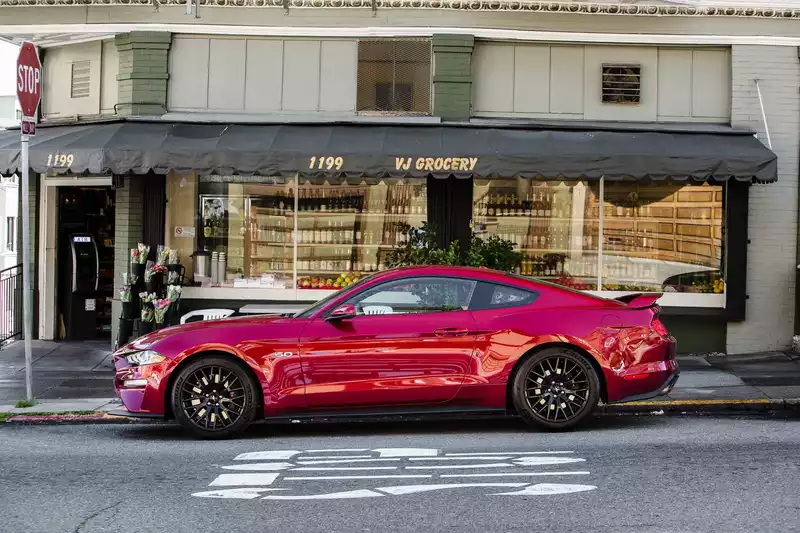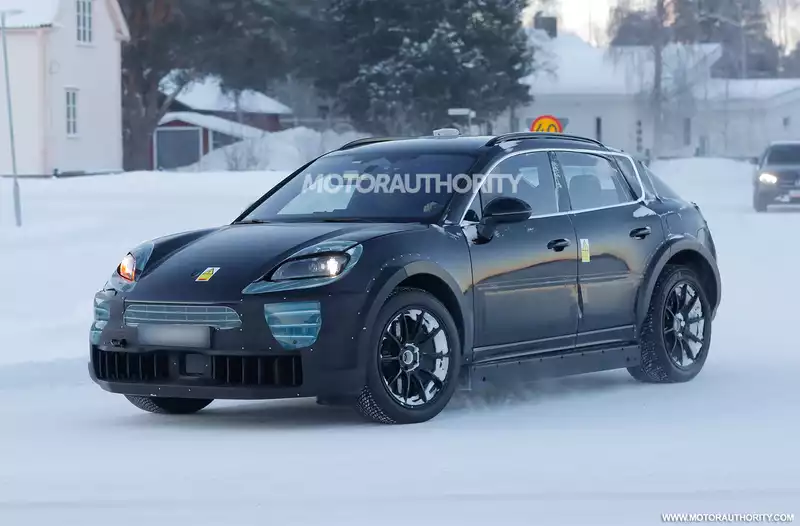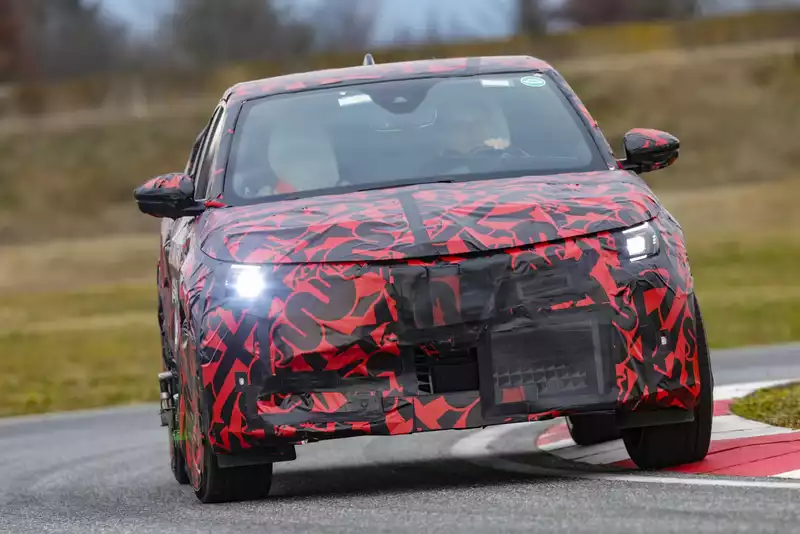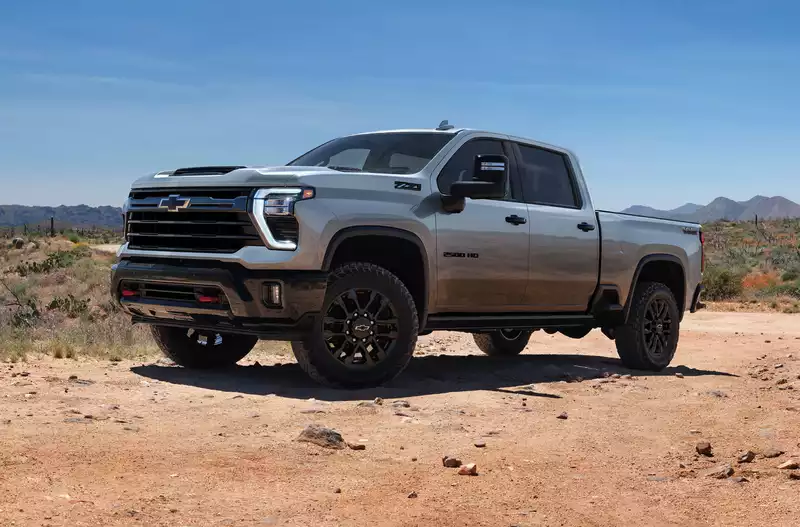Ford Patent Suggests EV Charging While Driving
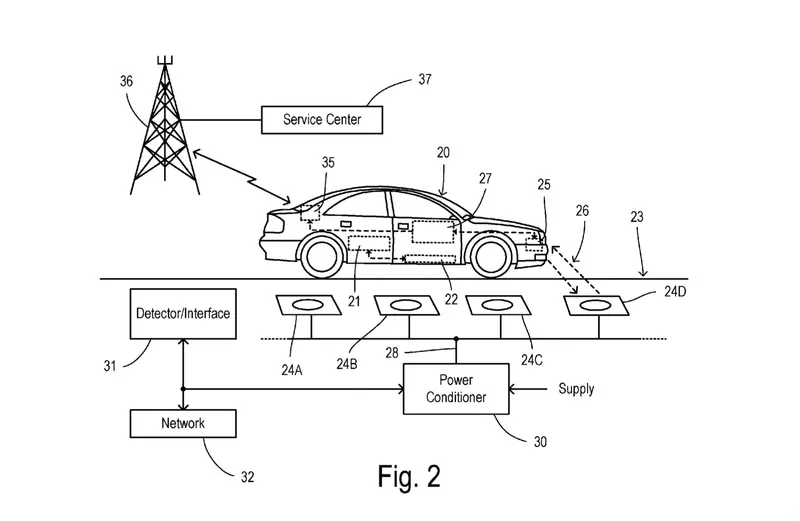
Ford is exploring a patented technology that would allow EVs to charge while driving using hardware embedded in the road.
Ford's patent application titled "Alignment and Monitoring of Road Surface Charging Coils," published by the United States Patent and Trademark Office (USPTO) on July 20, 2023 and originally filed on January 20, 2022, is aimed at applying wireless inductive charging to a vehicle while in motion.
Wireless inductive charging uses a coil attached to a transmitter (connected to a power source) and a receiver attached to a vehicle to wirelessly transmit electricity. Some companies have developed wireless charging systems based on this principle for stationary applications, and Ford has filed another patent for this use.
In this application, however, Ford discusses the use of inductive charging coils embedded in the road to charge moving vehicles. In this case, the vehicle's receiver must be aligned with a row of coils on the road surface. Ford notes that drivers could maintain alignment by following lane markings or be guided by cameras or other sensors designed to read lane markings.
However, Ford notes that this leaves room for misalignment between the car and the charging coil on the road, reducing charging efficiency. Therefore, the automaker proposes equipping vehicles with ground-penetrating radar to target the coils. Data from the radar would be sent to a control system that would automatically adjust the steering for optimal charging.
Motion wireless charging has been tried before: in 2017, Renault and Qualcomm (which subsequently sold its wireless charging patent to WiTricity) claimed to have charged a car at 60 mph on a test track; in 2020, a short Swedish road successfully charged an electric truck while driving. If Ford's radar system becomes practical, it could make this type of charging more reliable. However, such a system would also require a large infrastructure investment, and the roads would need to be chosen wisely for maximum benefit.
